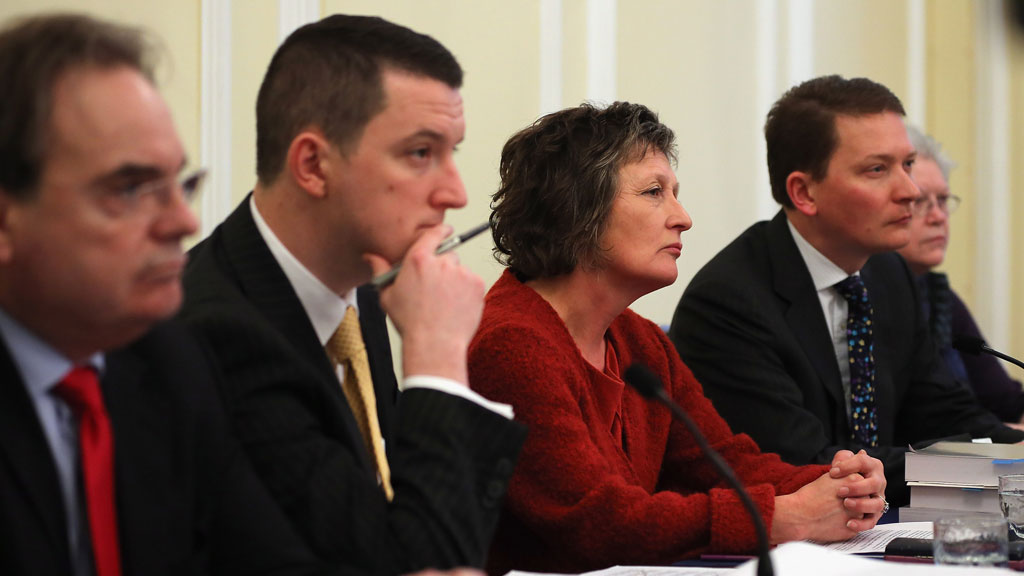Pat Finucane – the key questions
As the de Silva report on the murder of Belfast solicitor Pat Finucane is published, Channel 4 News looks at the background to the case.

David Cameron ordered the review amid claims that the British security forces colluded in the murder.
Who was Pat Finucane?
Pat Finucane was a Belfast-based solicitor who represented members of the Irish Republican Army (IRA), including hunger striker Bobby Sands, during Northern Ireland’s Troubles.
The Troubles began in the late 1960s and continued until the 1998 Good Friday Agreement, leading to the deaths of more than 3,000 people in a conflict between republican and loyalist paramilitaries that also involved the British security forces.
What happened to him?
In 1989, at the age of 38, he was shot dead in front of his wife and three children at their Belfast home.
The loyalist Ulster Freedom Fighters (UFF), which carried out the murder, said it had killed a member of the IRA. Mr Finucane’s family has always denied this, and the security services have also said there is no reason to believe he was.
Was anyone convicted?
Ten years after Mr Finucane’s death, William Stobie, a member of the loyalist Ulster Defence Association and former police special branch agent, was charged with his murder.
The case against him collapsed and he was later shot dead by loyalists.
In 2003, Ken Barrett was also charged with murder and was sentenced to 22 years in prison.
Why was that not the end of the matter?
It has long been claimed that the British security forces in Northern Ireland colluded in the murder, that there was more to his death than a loyalist execution of a lawyer who represented republicans.
Is this true?
Yes, in 2004, retired judge Peter Cory concluded that military and police intelligence knew of the murder plot and failed to intervene.
He recommended a public inquiry, but the Cameron government rejected this proposal last year, opting instead for a review by leading QC Sir Desmond de Silva.

What did the de Silva review conclude?
The review found that employees of the state and state agents played “key roles” in the murder.
It concluded that Mr Finucane was likely to have been suggested as a target to loyalist paramilitaries by a police officer from the Royal Ulster Constabulary (RUC).
And it found that the authorities had been aware of the threat to the lawyer’s life, but did nothing to protect him.
During the investigation into the murder, senior army officers lied and the RUC’s special branch obstructed justice.
Had intelligence provided by William Stobie before the murder been properly used, Mr Finucane’s death could have been prevented.
Sir Desmond said that in the mid-1980s, “the security service assessed that 85 per cent of the UDA’s ‘intelligence’ originated from sources within the security forces”.
The prime minister called the level of state collusion “shocking”.
But Sir Desmond said there had been “no overarching state conspiracy”, with no evidence that government ministers were aware of plans to kill Mr Finucane.
How has the Finucane family responded?
Pat Finucane’s family, pictured above, has long argued for a public inquiry, and today his widow Geraldine called the de Silva review a “sham” and a “whitewash”.
She said the report had done “exactly what was required – to give the benefit of the doubt to the state, its cabinet and ministers, to the army, the intelligence services, to itself”.